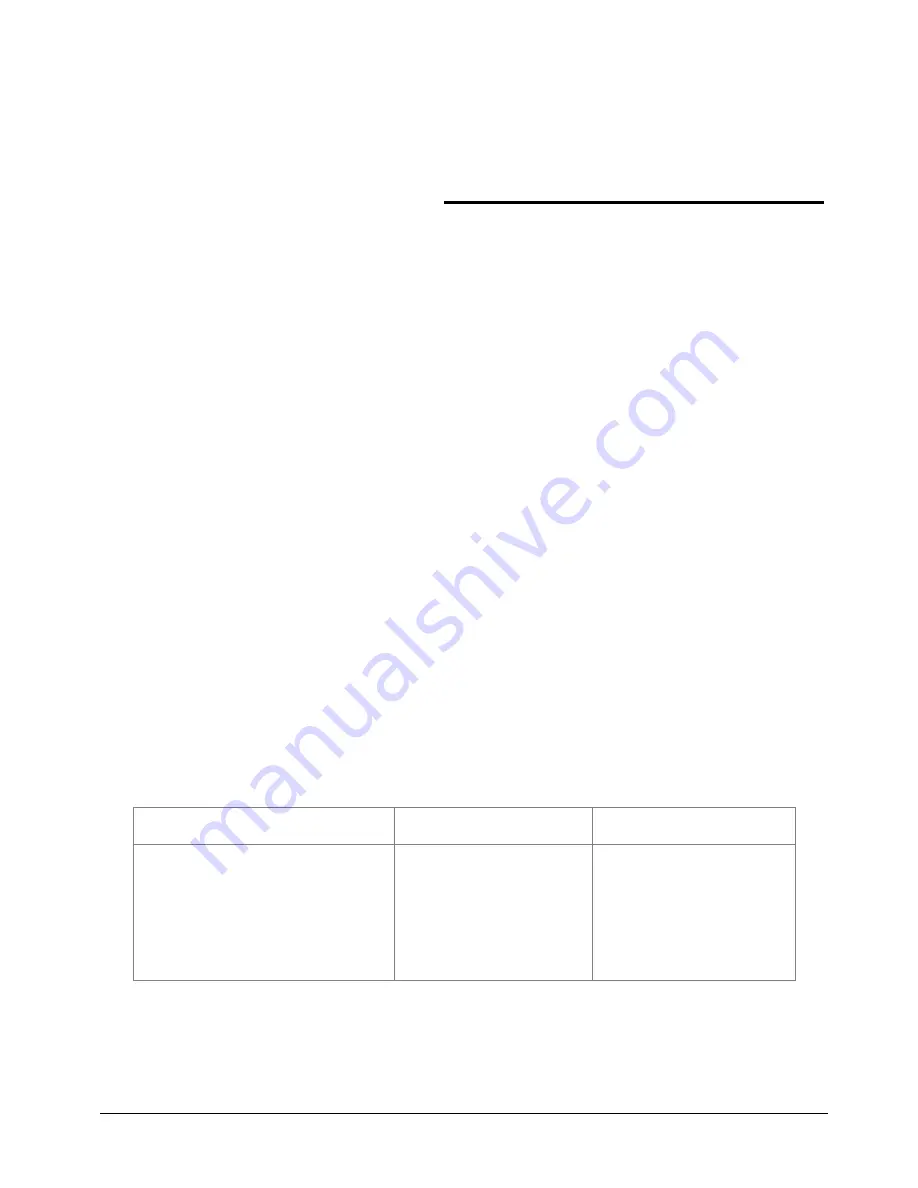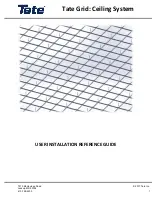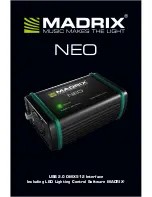
CHAPTER 4
COAX CABLE FIELD
CALIBRATION AND TESTING
UNDERSTANDING COAX CABLE
Coax has many desirable characteristics. It is highly resistant to EMI (Electrical
Magnetic Interference) and can support high bandwidths. Many customers prefer
using coax cable for CATV as well as Data applications.
A typical coax cable has the following components:
¾
Center Conductor: This conductor usually consists of a fairly heavy, solid yet
flexible wire; stranded wires can also be used. Solid conductors are preferred
for permanent wiring, but stranded conductors make the cable more flexible and
easier to connect to equipment.
¾
Insulation Layer: Also called a dielectric layer, this layer provides electrical
insulation and keeps the inner and outer conductors in precise coaxial
relationship.
¾
Outer Conductor or Shield: This layer shields the inner conductor from
outside electrical interference. The shield can consist of braided wires, metal
foil, or a combination of both. Because of this shield, coax is highly resistant to
electrical magnetic interference (EMI).
¾
Jacket or sheath: A durable plastic or Teflon jacket coats the cable to prevent
damage.
Coax cable varies in impedance measurement (measured in unit of ohm), which is an
indication of the cable’s resistance to current flow. For example, a RG-59 and RG-6
coax cable will have an expected Impedance of 75-ohm, while a RG-58 coax cable will
have a 50-ohm Impedance.
COAX STANDARDS
LANTEK can support the following Coax Standards:
CATV Standards
Ethernet Standards
Misc. Cable Types
RG59 100 or 300 ft
(Tri or Quad-Shield)
10Base 2
IBM Coax
RG6 100 or 300 ft
(Tri or Quad-Shield)
10Base 5
TWINAXIAL
ARCNET
4-1
www.vemco.pl
















































